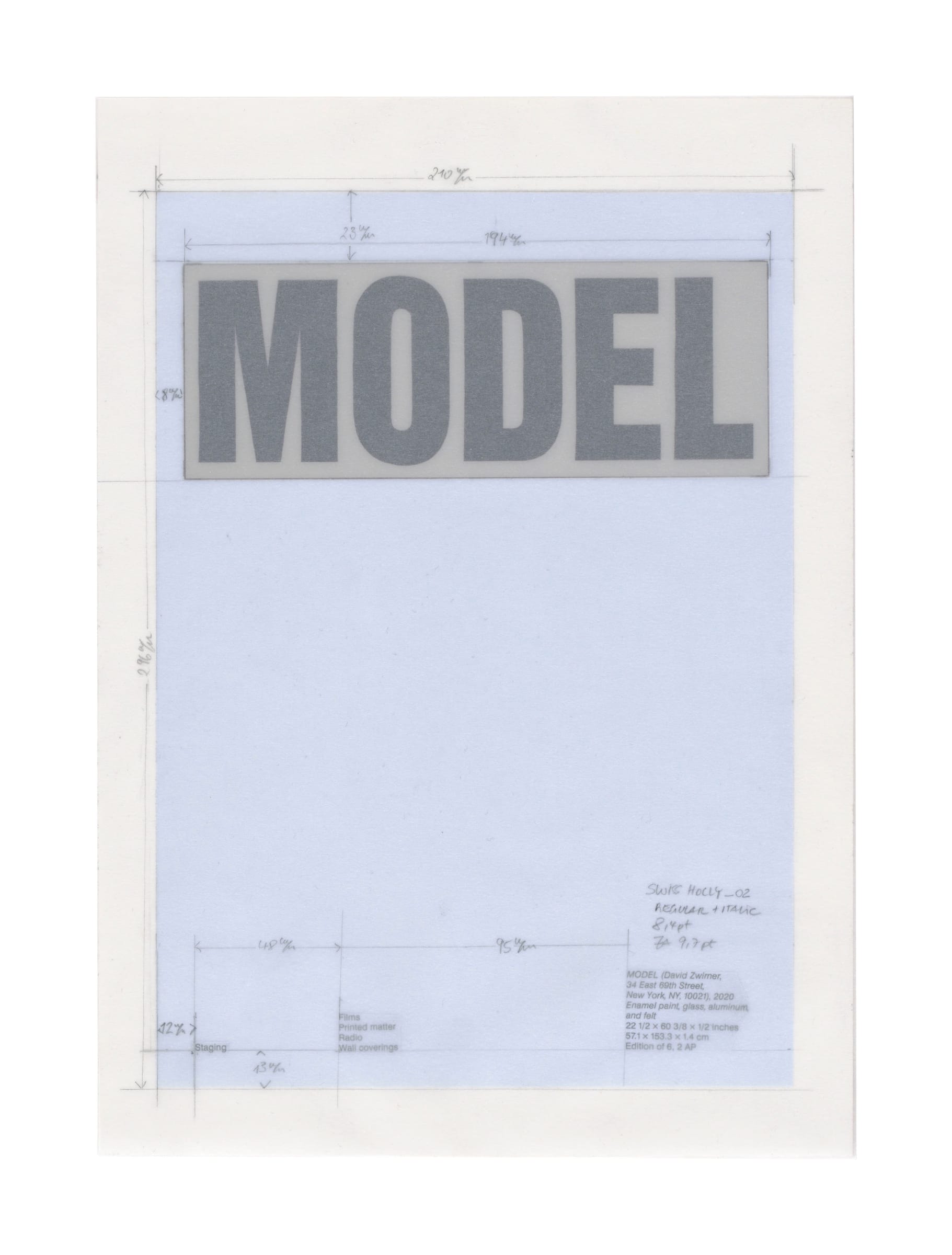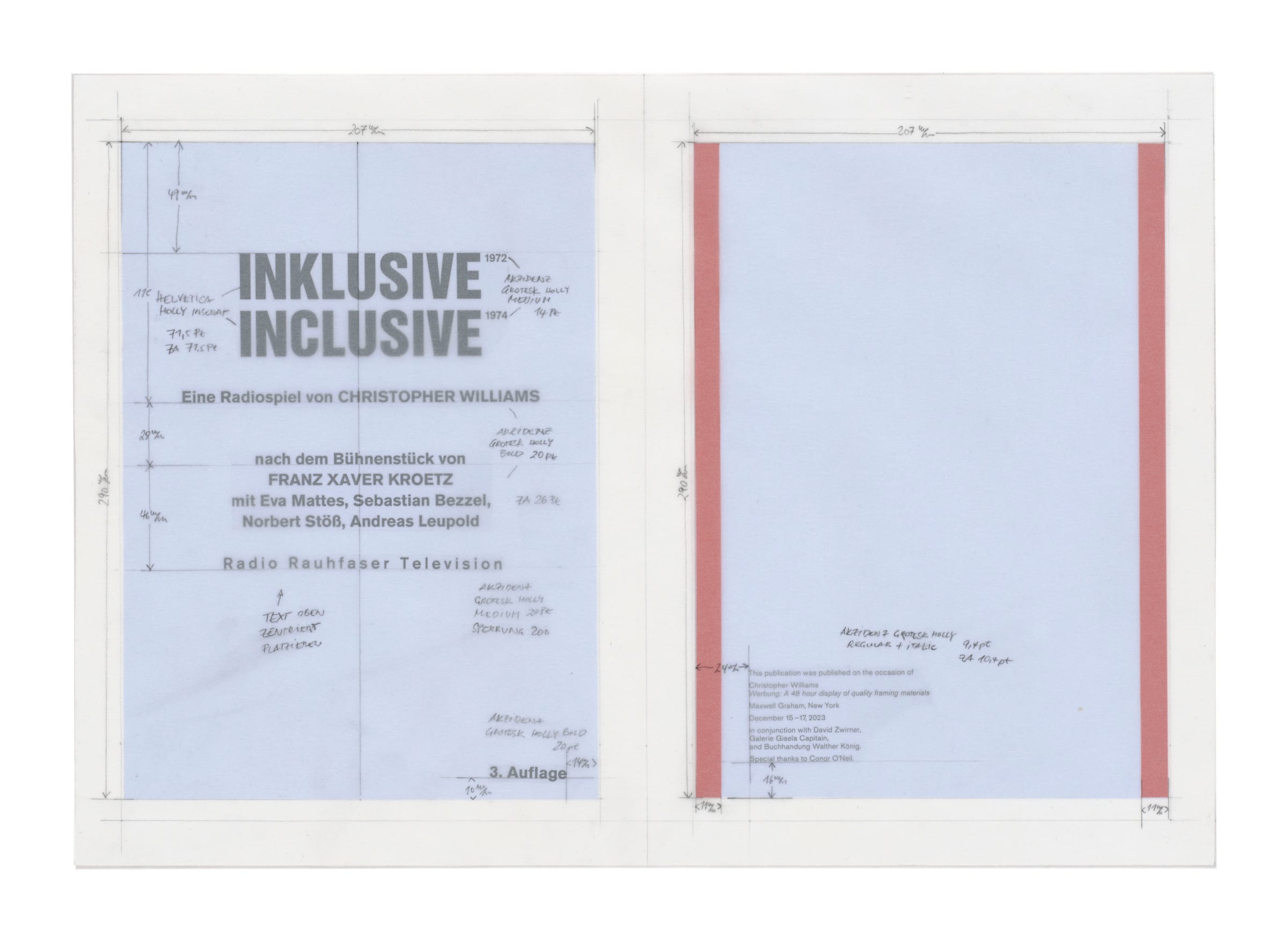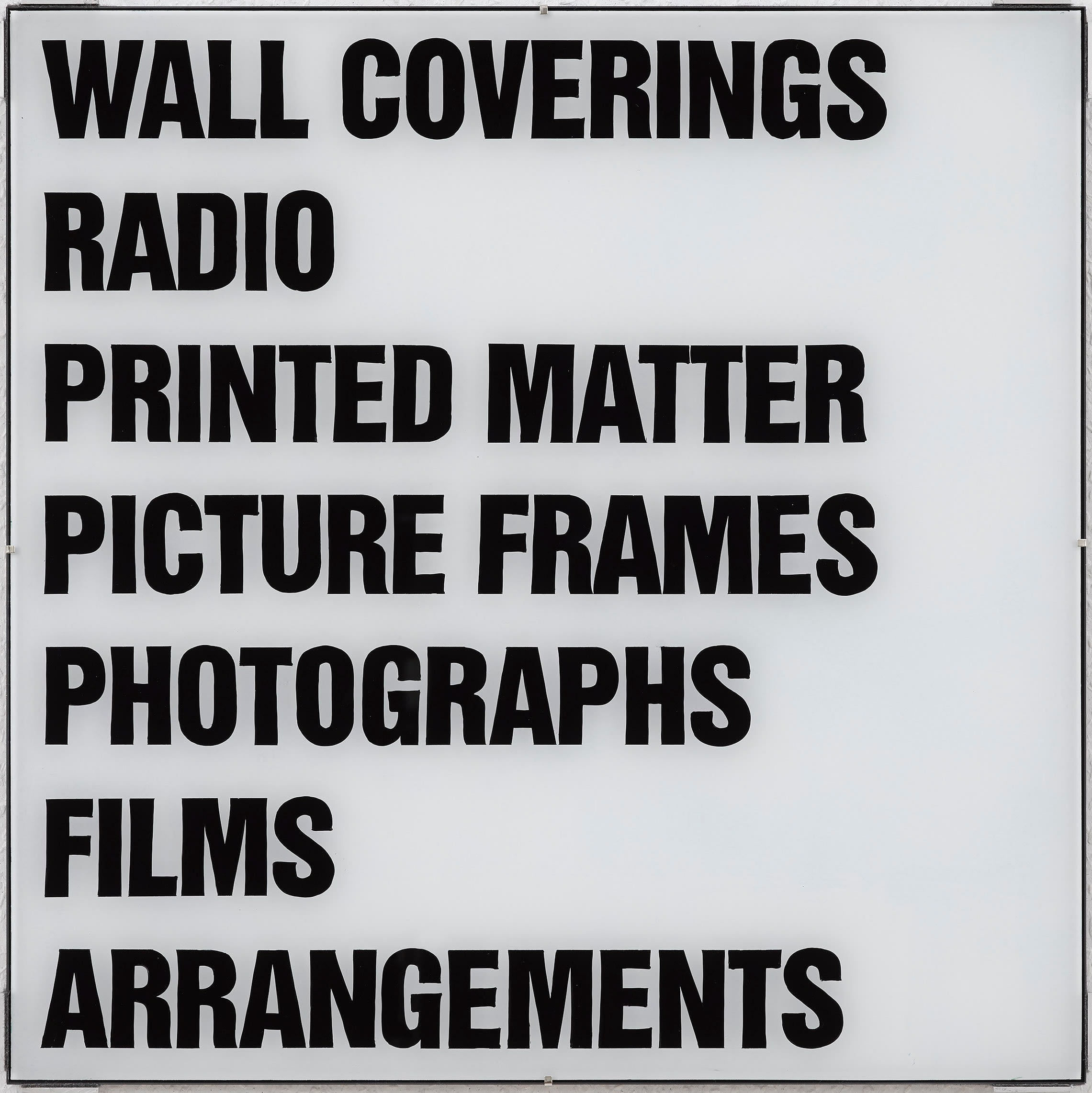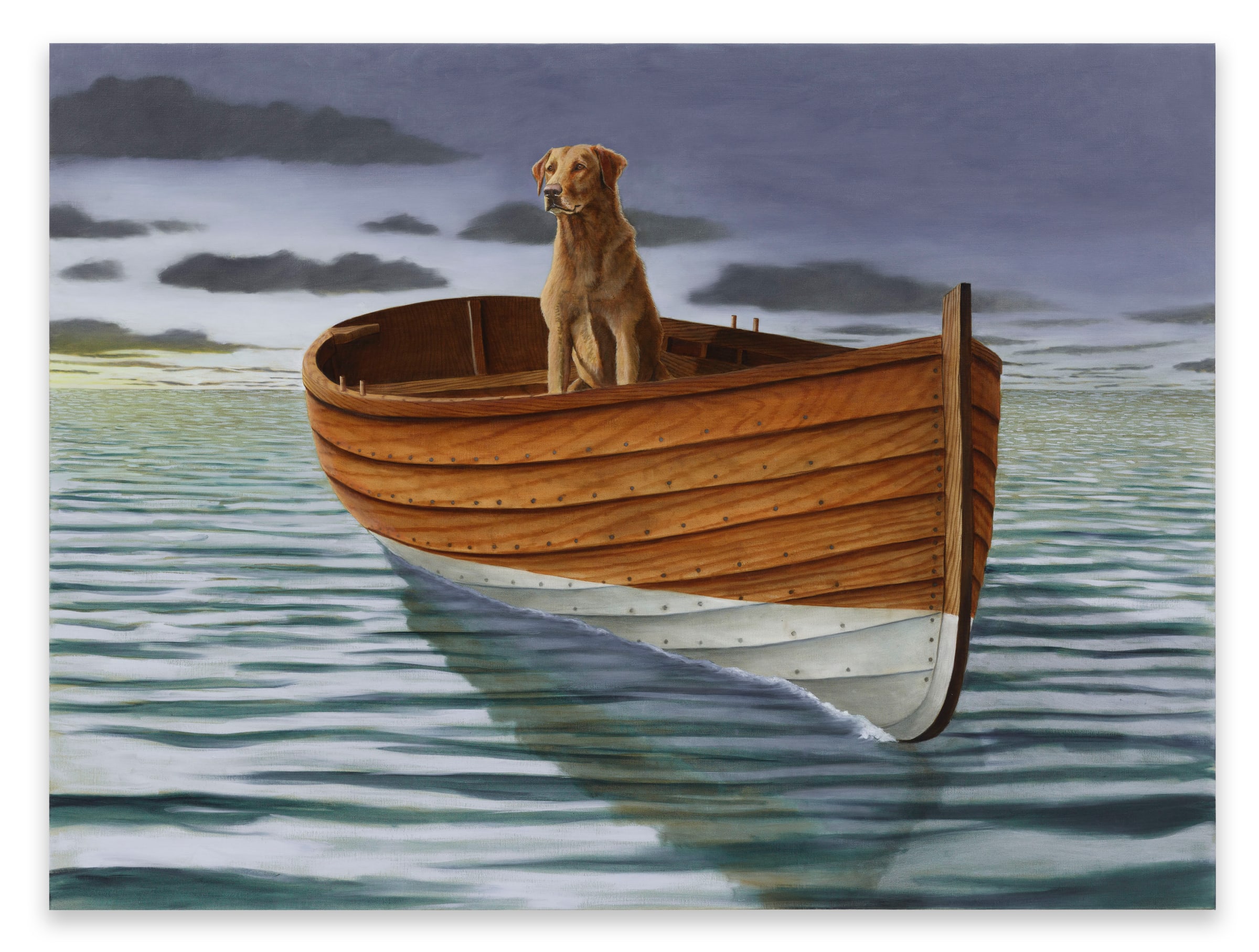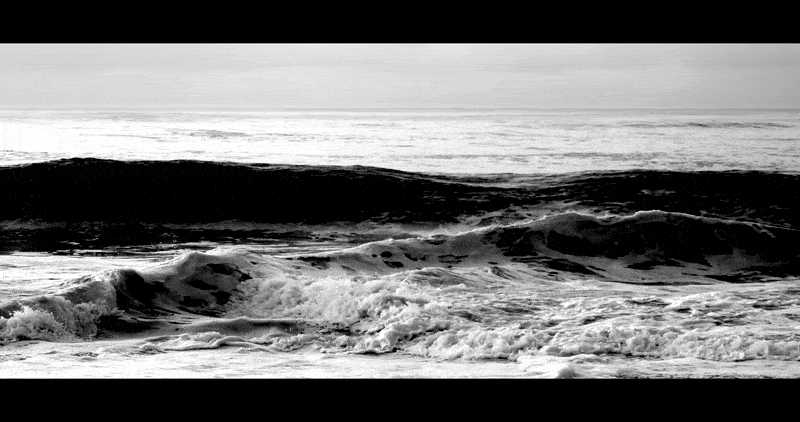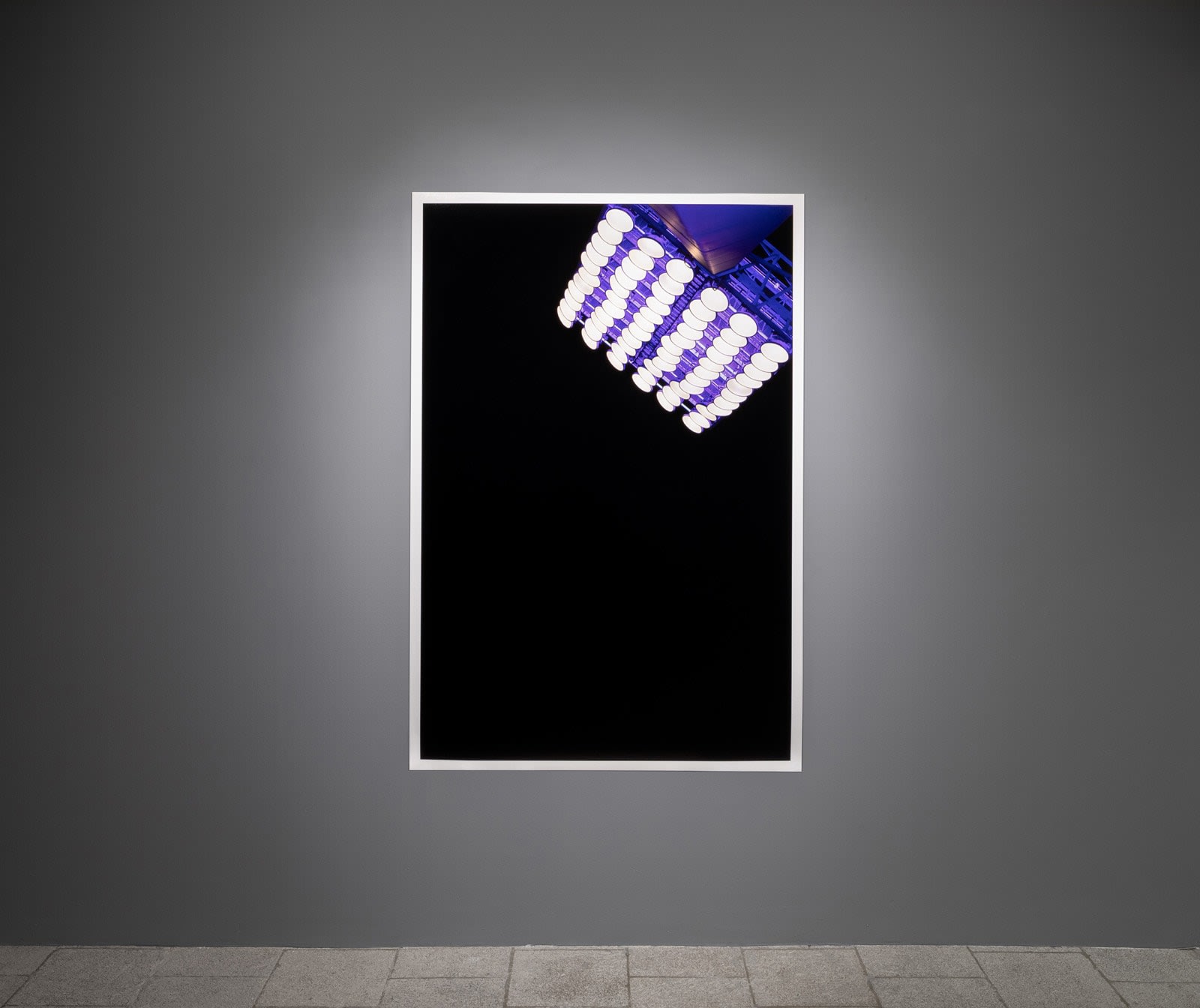-
-

-

-

-

-
Isabella Ducrot’s Tendernesses series is a combination of traditional textile art, elements of modernist abstraction and contemporary themes of intimacy with their cultural continuity. Ducrot’s work not only celebrates the materiality and aesthetic richness of fabrics, but also positions the artist within a contemporary context that highlights the re-evaluation of traditional methods of image making. This revival blurs the boundaries between fine art and craft, acknowledging the artistic value of techniques historically considered decorative or utilitarian. Ducrot’s work, with its emphasis on fabric, weaves into this narrative, celebrating the beauty and complexity of textile traditions.
-
-
Engaging with themes of memory, time and cultural identity, the works carry the weight of their material histories, resonating with a sense of continuity and constant change. This synthesis creates a dialogue between the past and the present, reflecting the artist's tendency to draw from diverse cultural sources. While modernist tradition often sought to break with the past, Ducrot’s approach is more integrative. She does not reject traditional forms and techniques but rather recontextualizes them within a contemporary framework. Her works often reflect dialogues between the past and the present, combining historical references with modern sensibilities. Ducrot emphasizes the tactile and visual properties of her materials, inviting viewers to appreciate their texture, color, and composition in new ways.
-

-
-

-
-

-

-

-
Malcolm Morley's blues are extraordinary. Card-table flat and infinite, they collapse all sense of proximity. At once remote and wild with their gnarly collisions of space and time, Morley's paintings induce a sublime kind of nausea.
- Dana Schutz
-
-
Each drawing is a would-be oil painting, for I never repeat any drawing as an oil painting, they are autonomous. My drawings have more freedom and more mobility in them than the oil paintings because I find a sheet of paper that has to rest on something hard easier to position, be it on my knees, on my belly in bed, on the table, on the floor, on the chair, and I myself can take up all sorts of positions in front of it, which cannot be done at all with a mounted canvas, or only with difficulty. The drawing is closest to the idea.
-Maria Lassnig
-

-
More recently, I started thinking about shape. I’ve never read a book on shape. I’ve read books on gesture; I’ve read tons of books on color, surface, field, ground, representation, abstraction. But I’ve never read a book on what a shape is. I like shapes. So I was making all of these round ones. And then I thought, “I guess they’re people.”
-Amy Sillman
-

-

-

-

-
![Sarah Morris, Bank of China [Hong Kong], 2024](data:image/gif;base64,R0lGODlhAQABAIAAAAAAAP///yH5BAEAAAAALAAAAAABAAEAAAIBRAA7)
-

-
-
 Christopher WilliamsTypographic Poem (Promotional Pamphlet, Paste-Up), 2024Schöllerhammer drawing cardboard Duria matt, 250 g, Glama Microdraft highly transparent, drawing paper 82 g/m2, multifunctional paper 80 g/m2, printing pencil rotring 0.5 mm and 0.3 mm, Staedler pigment liner 0.3 mm35 x 25 cm
Christopher WilliamsTypographic Poem (Promotional Pamphlet, Paste-Up), 2024Schöllerhammer drawing cardboard Duria matt, 250 g, Glama Microdraft highly transparent, drawing paper 82 g/m2, multifunctional paper 80 g/m2, printing pencil rotring 0.5 mm and 0.3 mm, Staedler pigment liner 0.3 mm35 x 25 cm
13.8 x 9.8 inches -
 Christopher WilliamsTypographic Poem (Press Kit, Paste-Up), 2024Schöllerhammer drawing cardboard Duria matt, 250 g, Glama Microdraft highly transparent, drawing paper 82 g/m2, multifunctional paper 80 g/m2, printing pencil rotring 0.5 mm and 0.3 mm, Staedler pigment liner 0.3 mm35 x 50 cm
Christopher WilliamsTypographic Poem (Press Kit, Paste-Up), 2024Schöllerhammer drawing cardboard Duria matt, 250 g, Glama Microdraft highly transparent, drawing paper 82 g/m2, multifunctional paper 80 g/m2, printing pencil rotring 0.5 mm and 0.3 mm, Staedler pigment liner 0.3 mm35 x 50 cm
13.7 x 19.8 inches
-
-

-
-
When I first tried painting the ocean in the early 1990s [...] it was quite difficult to do even though I was at the beach in Amagansett, NY, looking at the ocean every day. So I turned to the American painter Winslow Homer to learn from. This dog and ocean series was based on him.
-Sean Landers
-

-

-
-
The focal point of the souterrain exhibition space will be Robert Longo’s 2022 film Sea of Change, An Homage to Winslow Homer. This film, rendered in Longo’s signature monochrome color scheme and composed of slowed-down, looped footage of waves crashing on the East Coast of the United States, pays tribute to Homer, an artist known for his idyllic rural scenes and dramatic New England coastlines. Longo’s film, rich with movement and the reality of changing tides, as well as a soundtrack made up of earthquakes, bombs crashing, and buildings collapsing, is paired with Sean Landers’ painted seascapes, which equally draw on the work of the celebrated American painter and playfully echo the feelings of solitude present in his work. The film will be part of Longo‘s solo exhibition, Robert Longo: The Acceleration of History at the Milwaukee Art Museum (MAM) in October 2024.
-

-
-






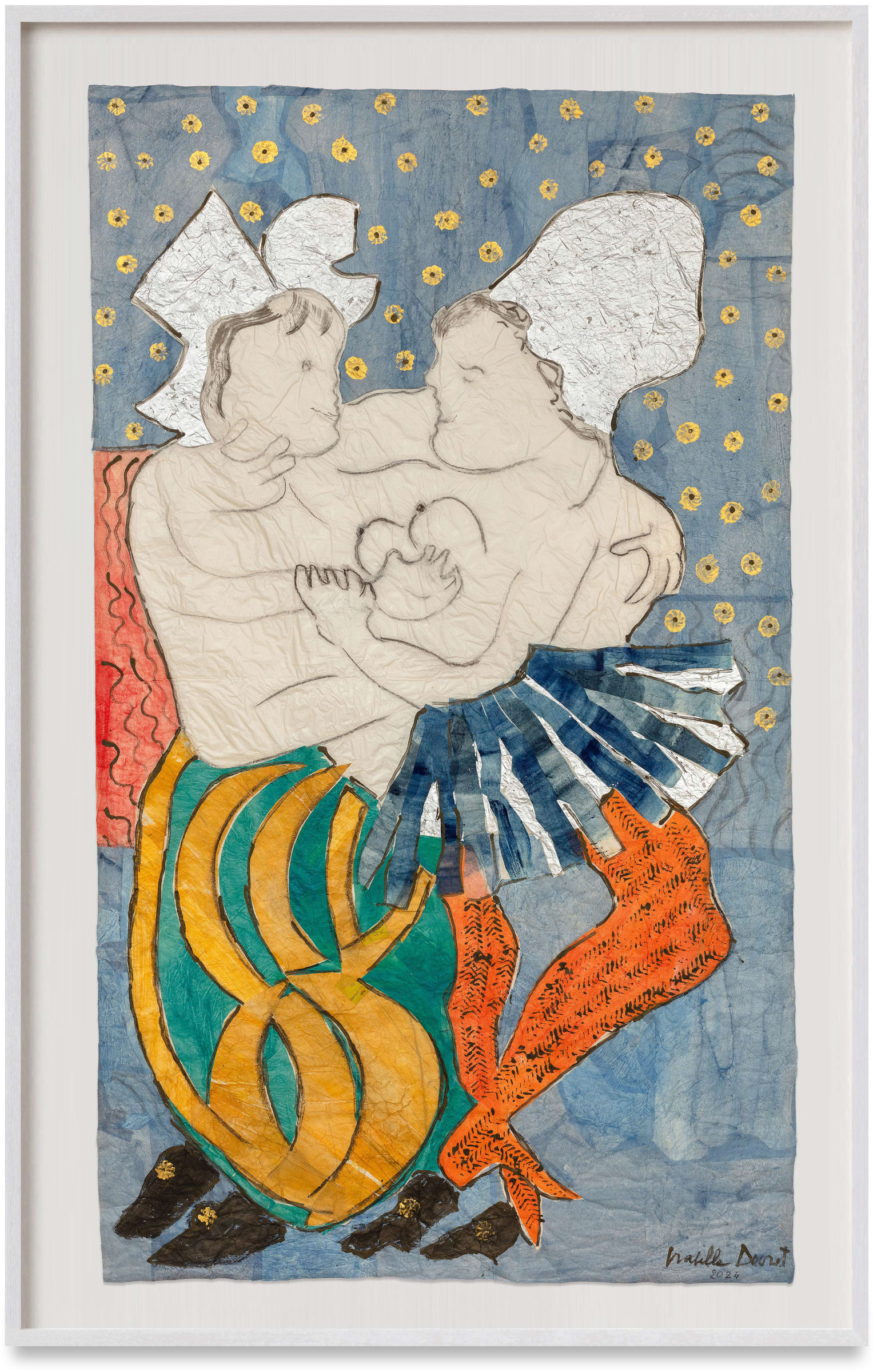


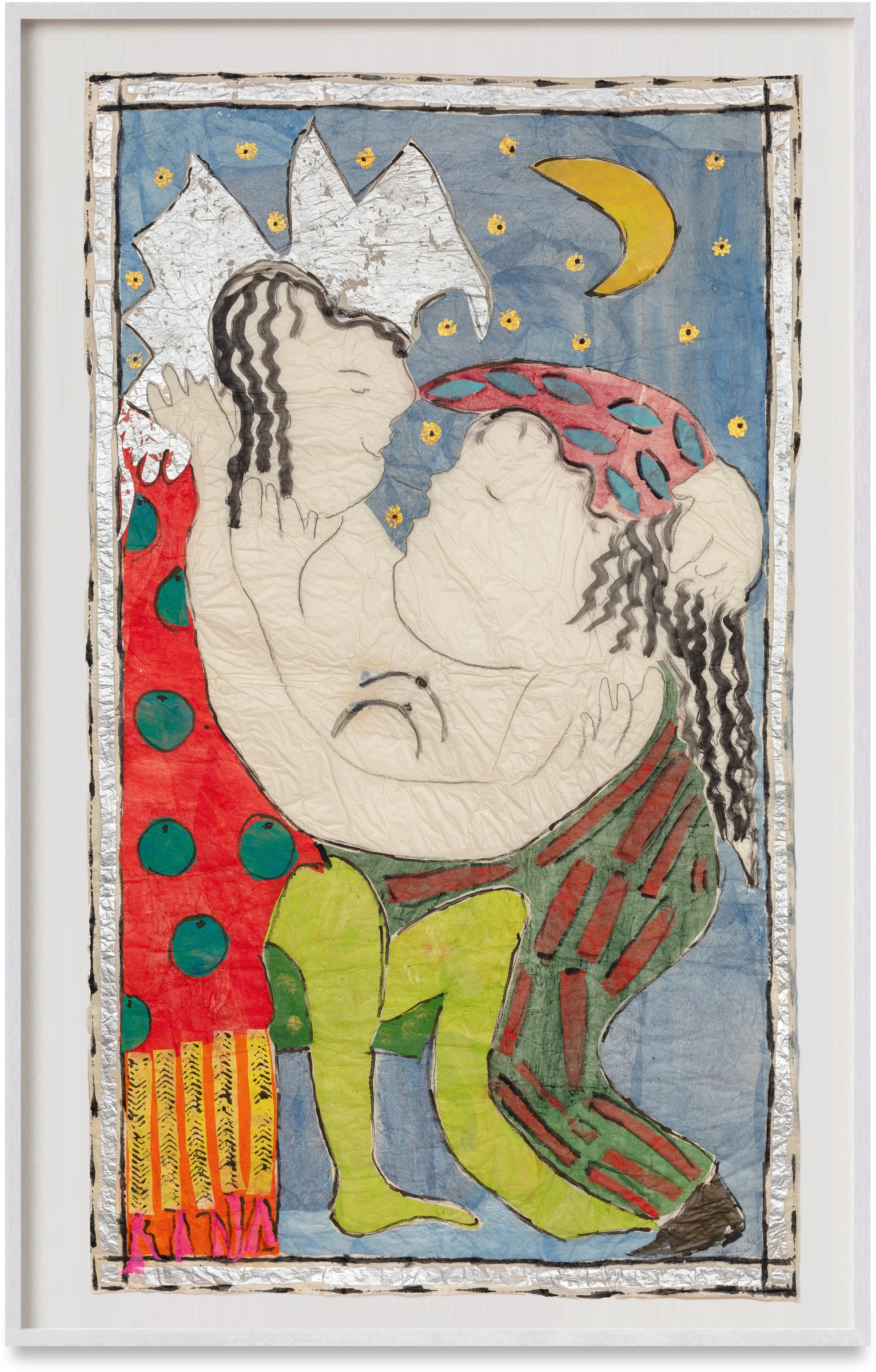




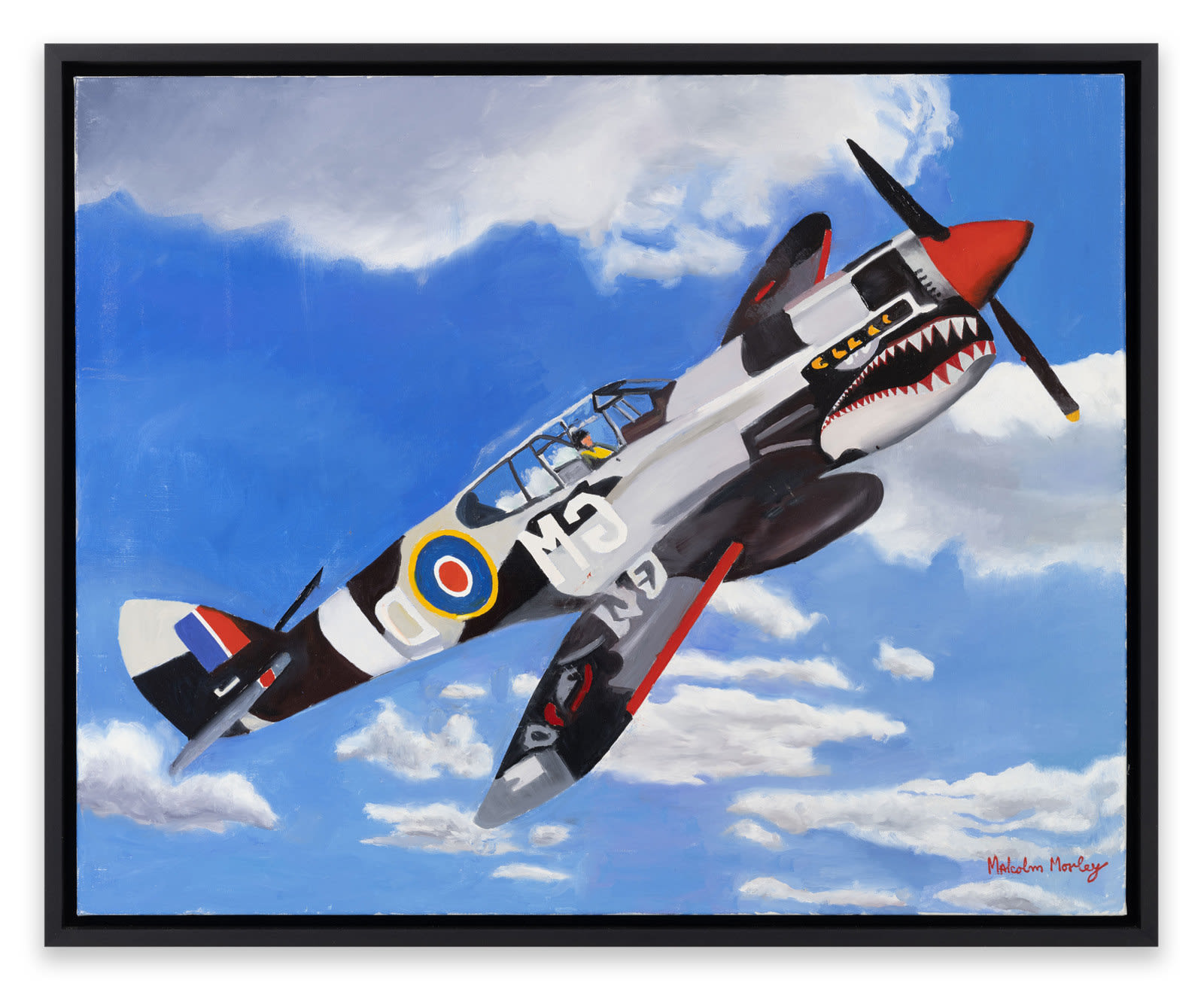

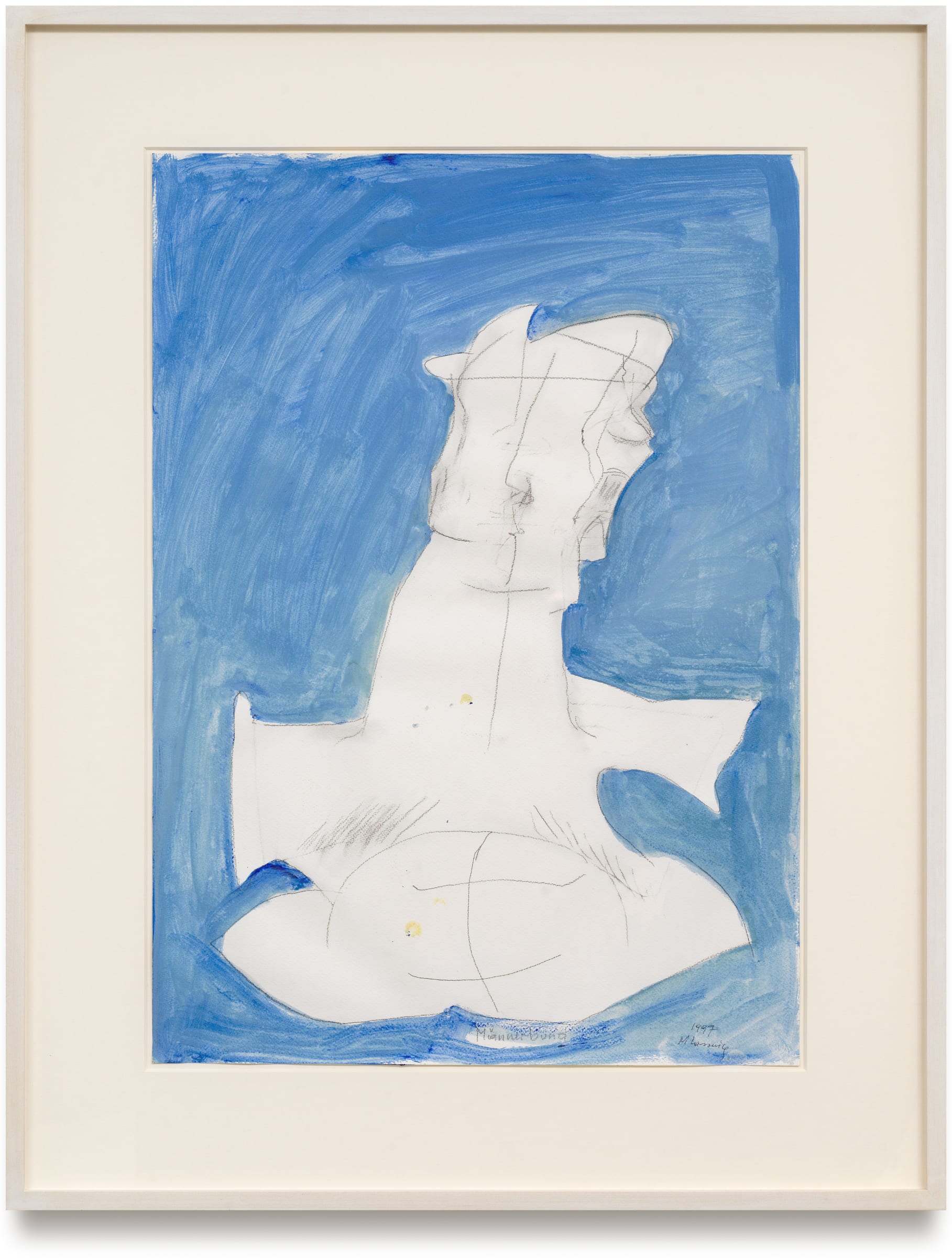
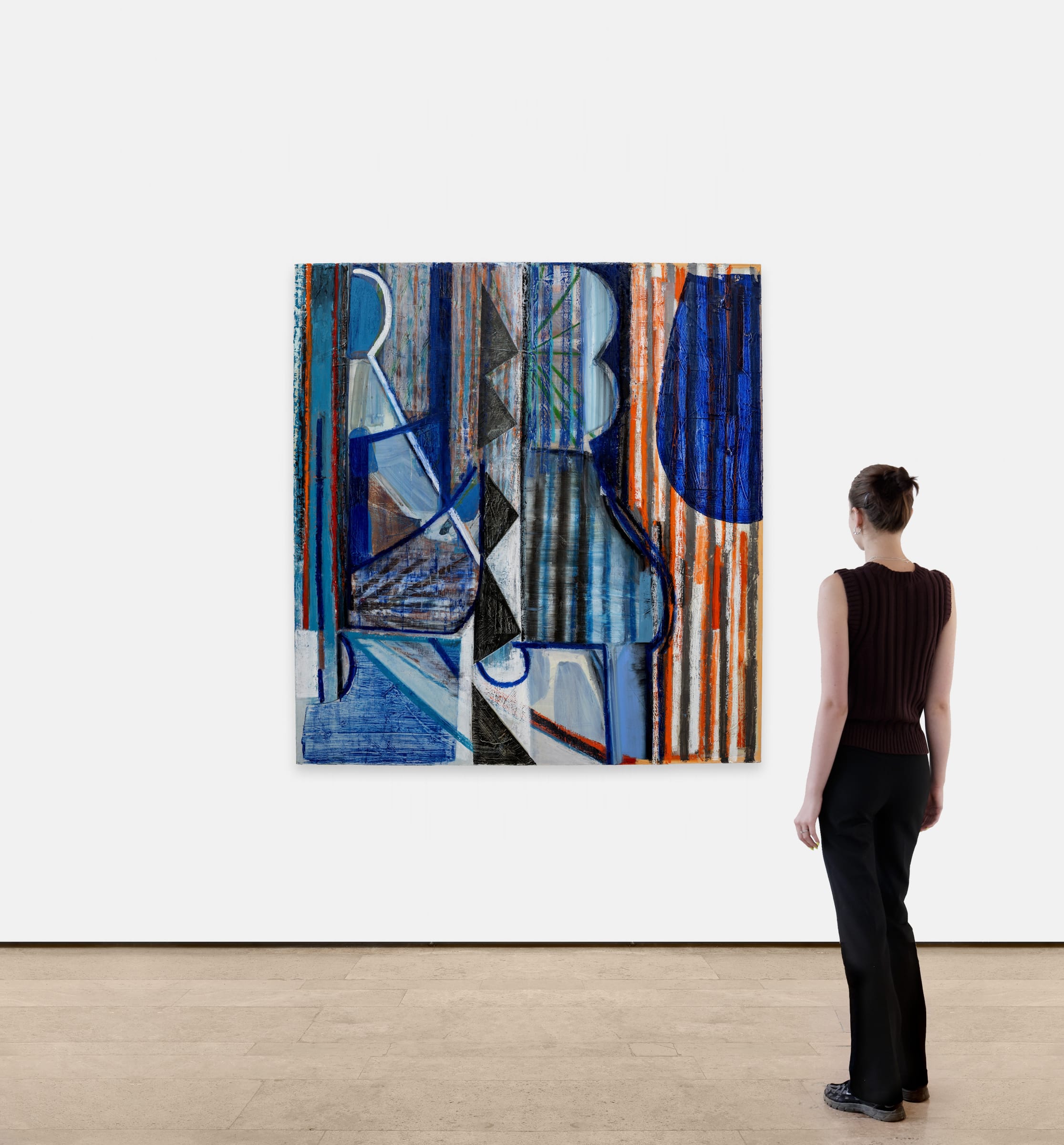


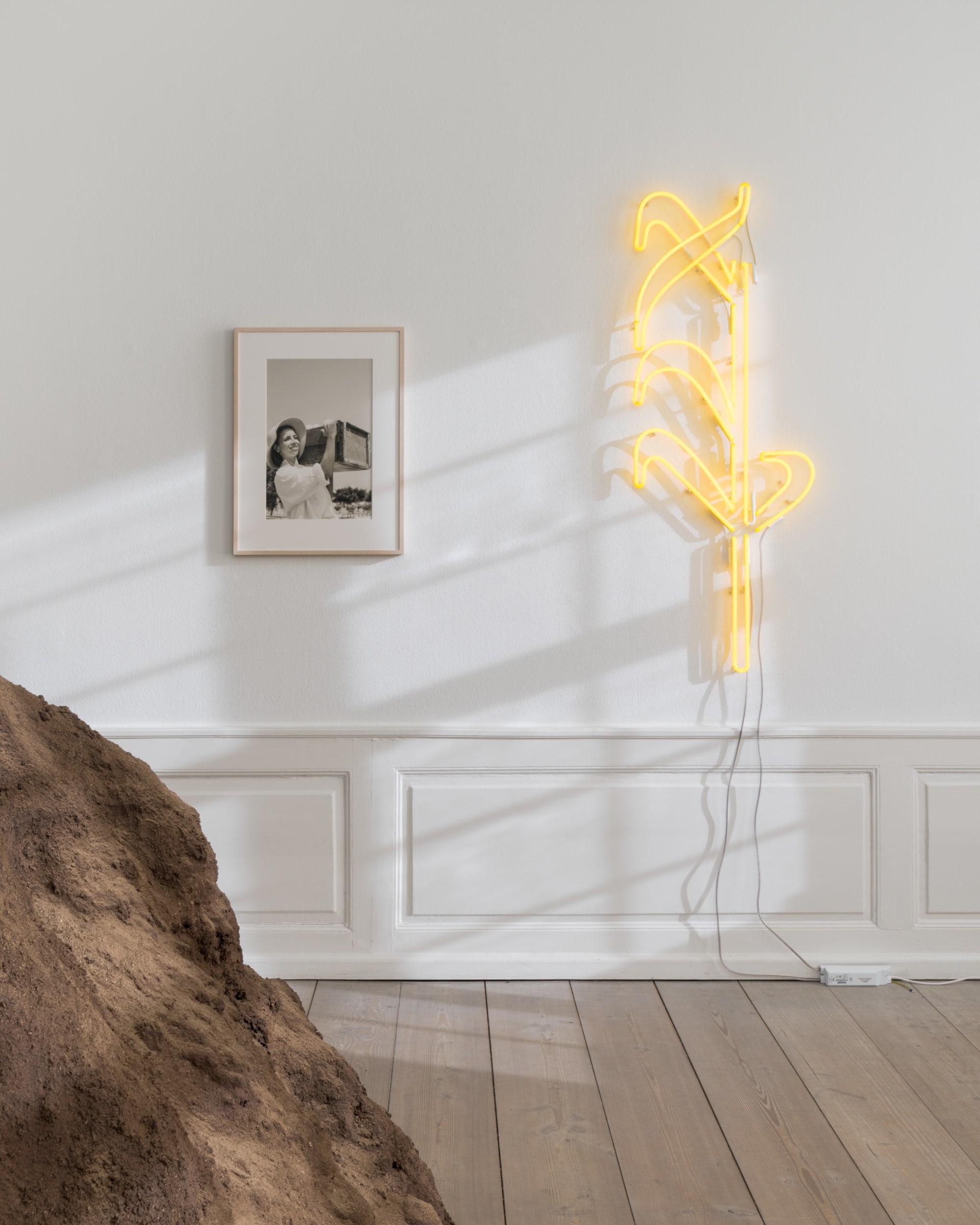
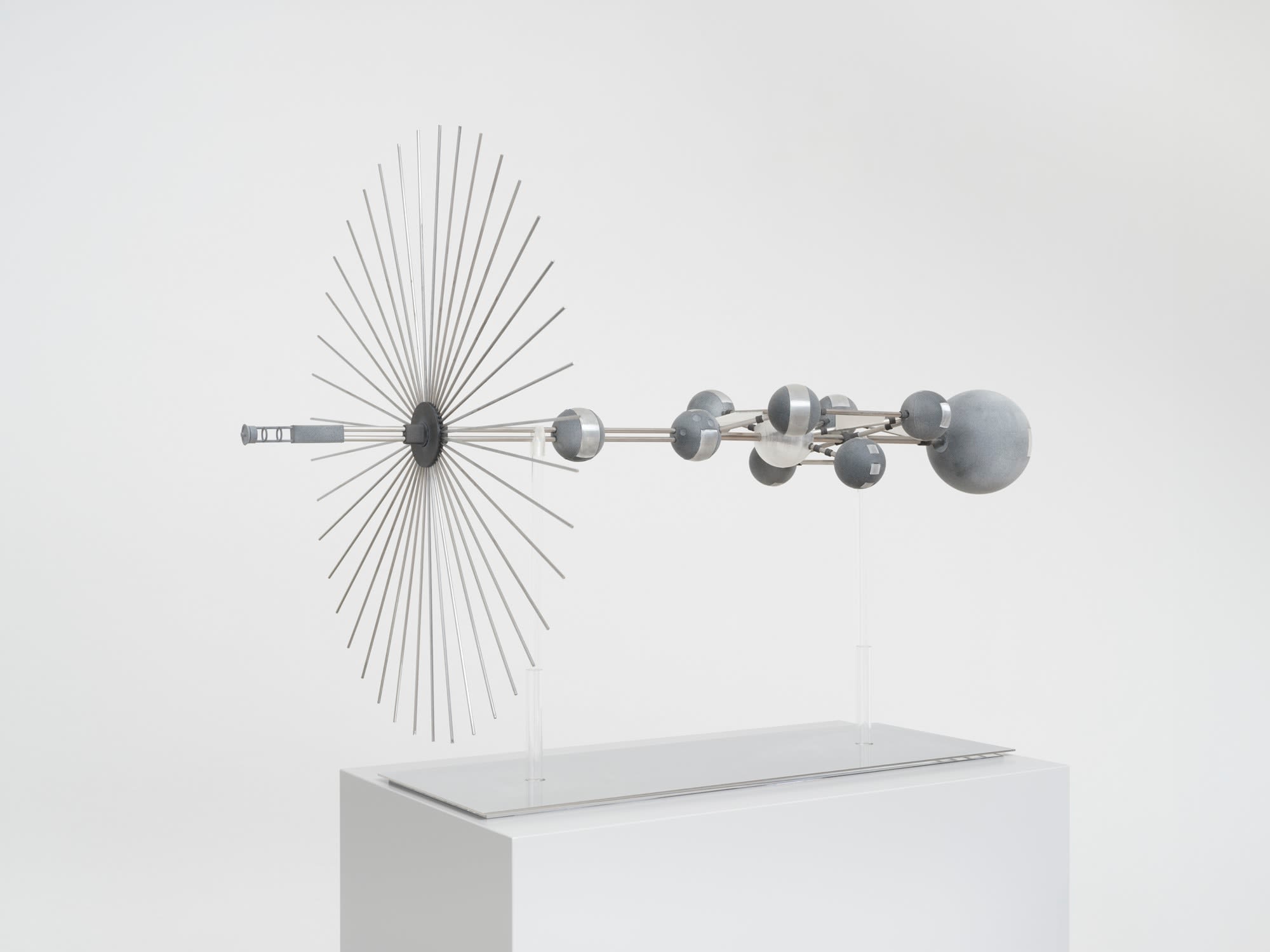
![Sarah Morris, Bank of China [Hong Kong], 2024](https://artlogic-res.cloudinary.com/w_2400,h_2400,c_limit,f_auto,fl_lossy,q_auto/artlogicstorage/capitainpetzel/images/view/d6272b3e008a465a8ea809f7f0d795a5j.jpg)

